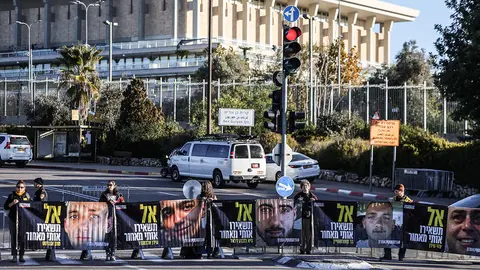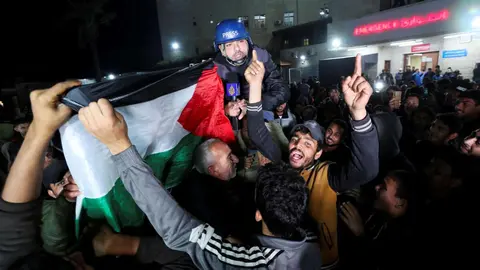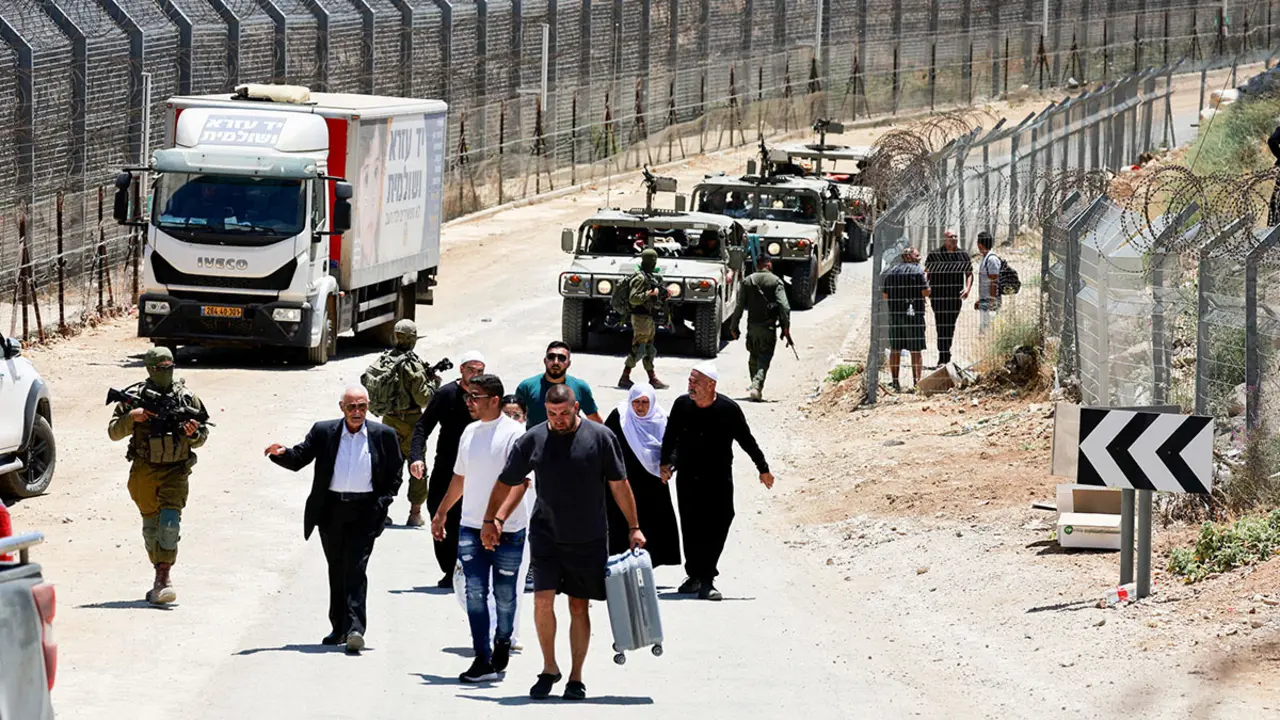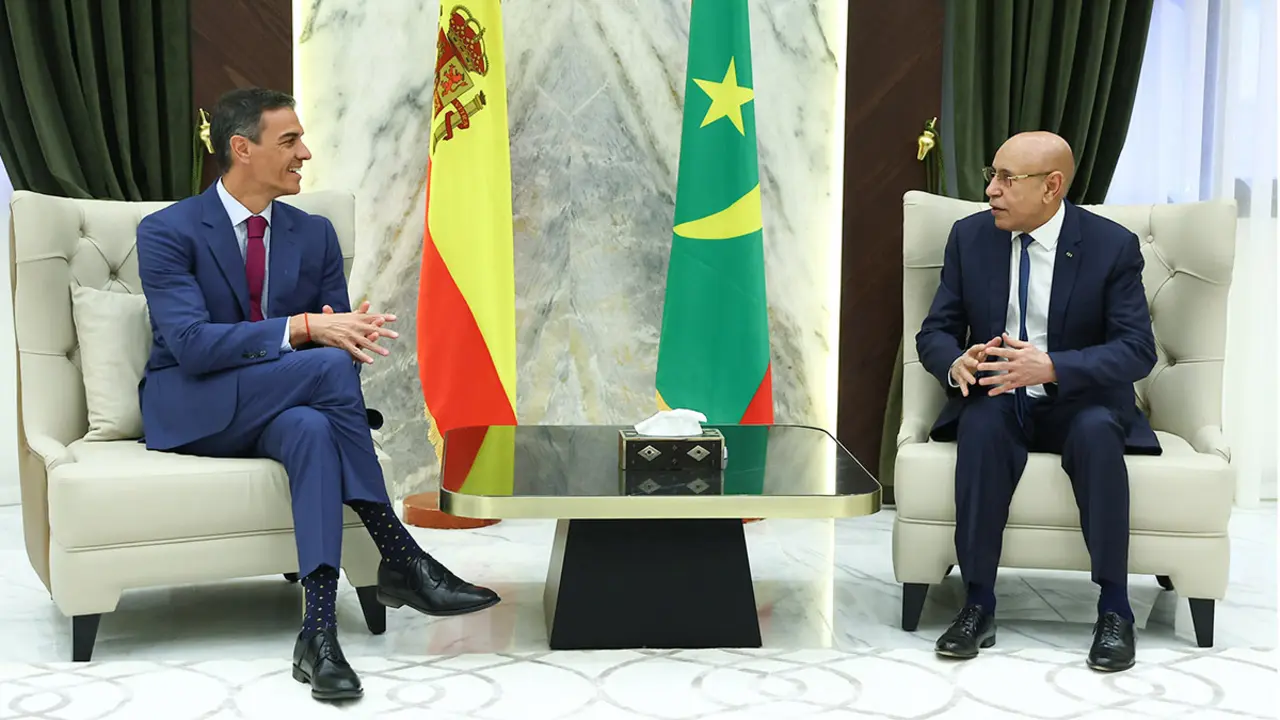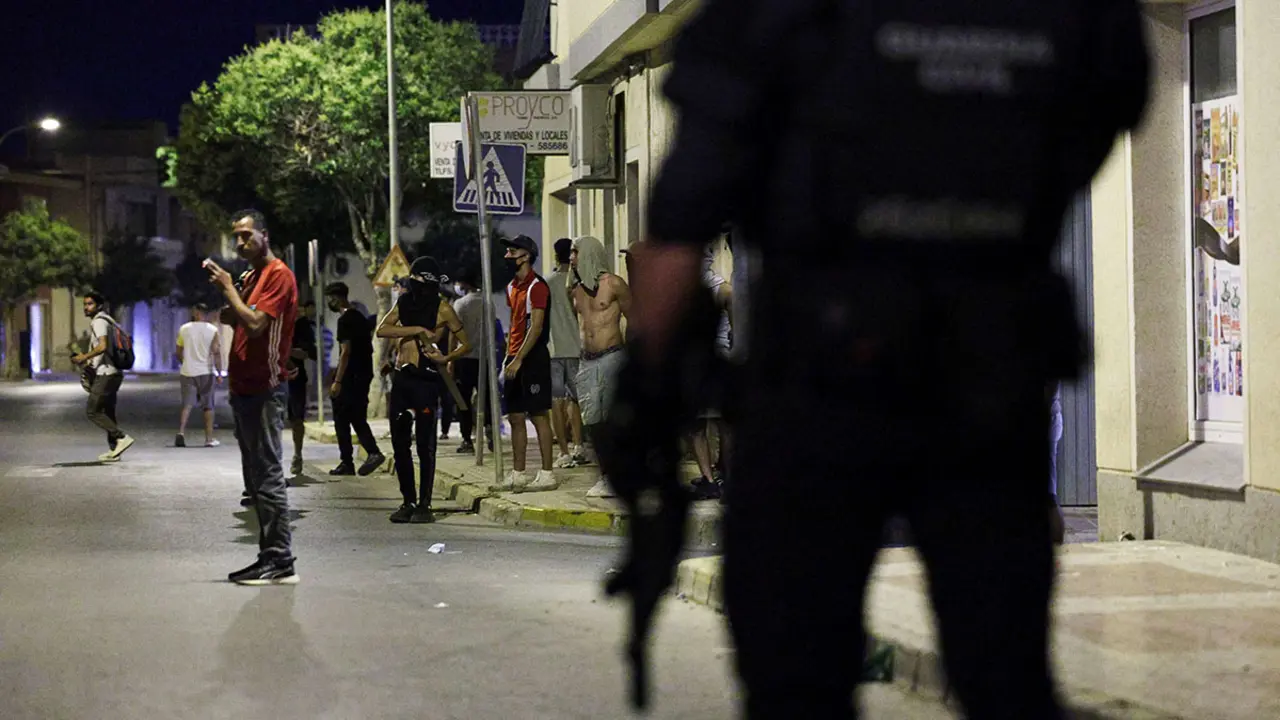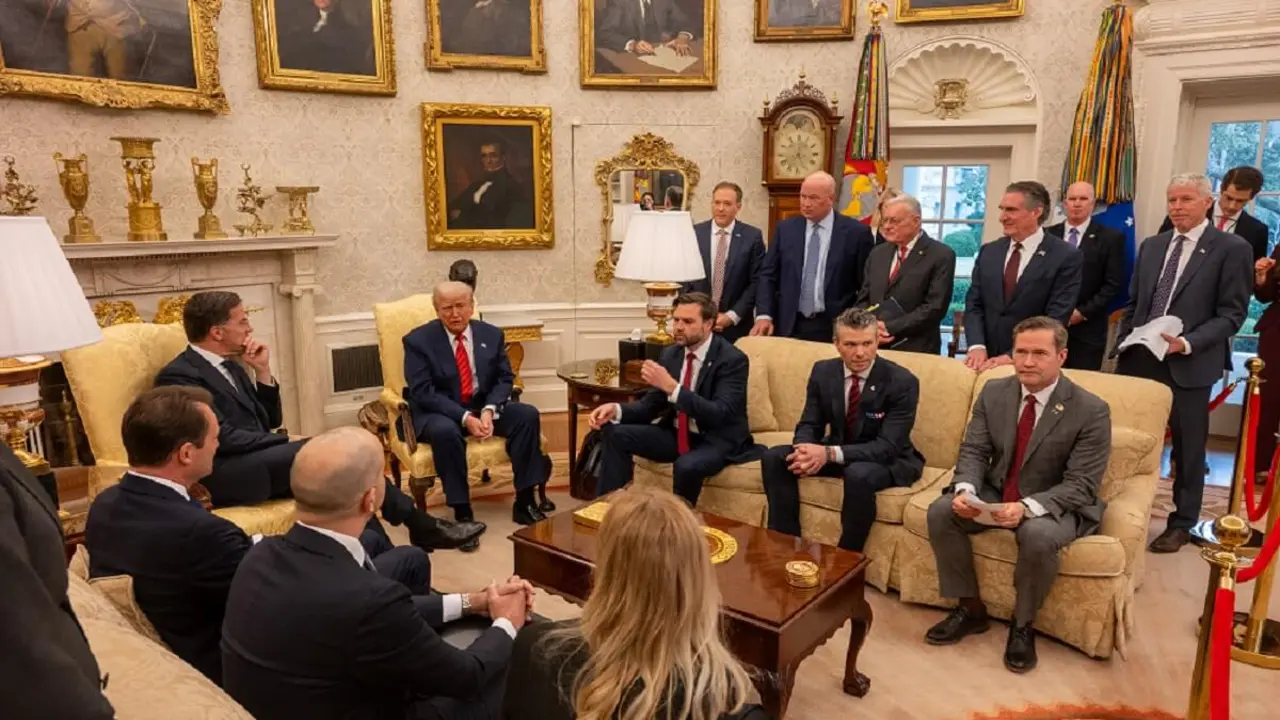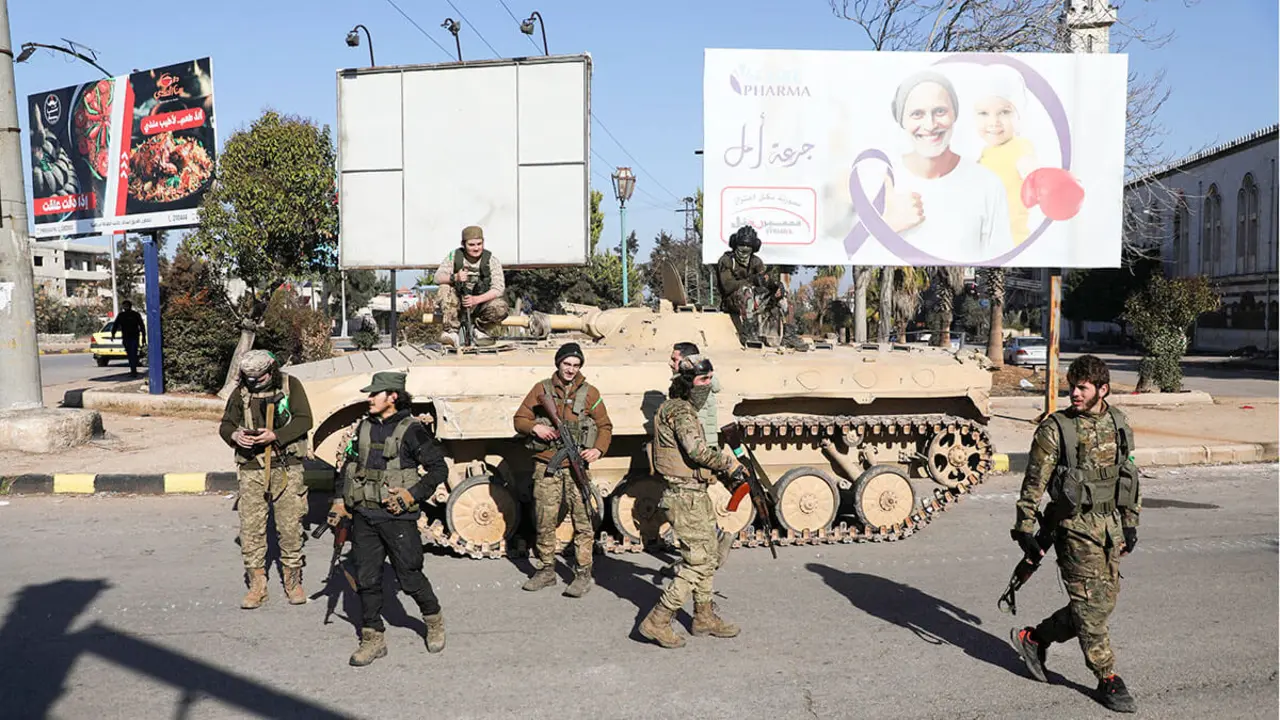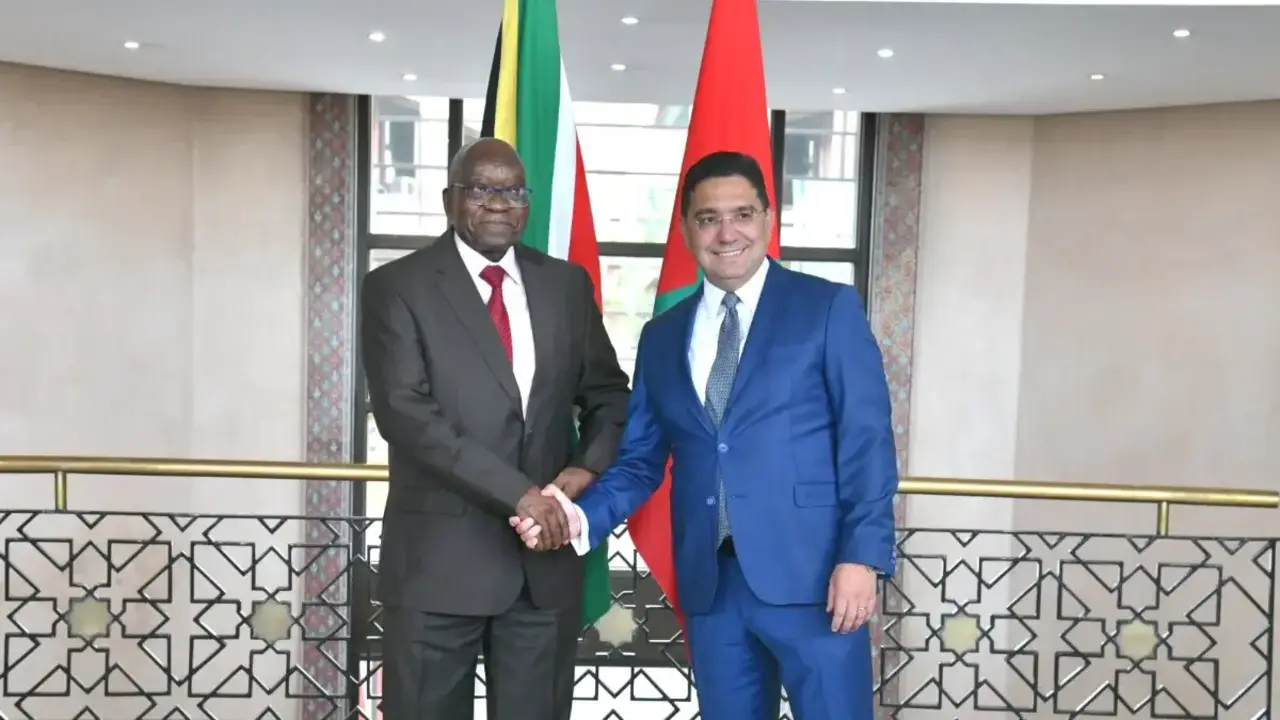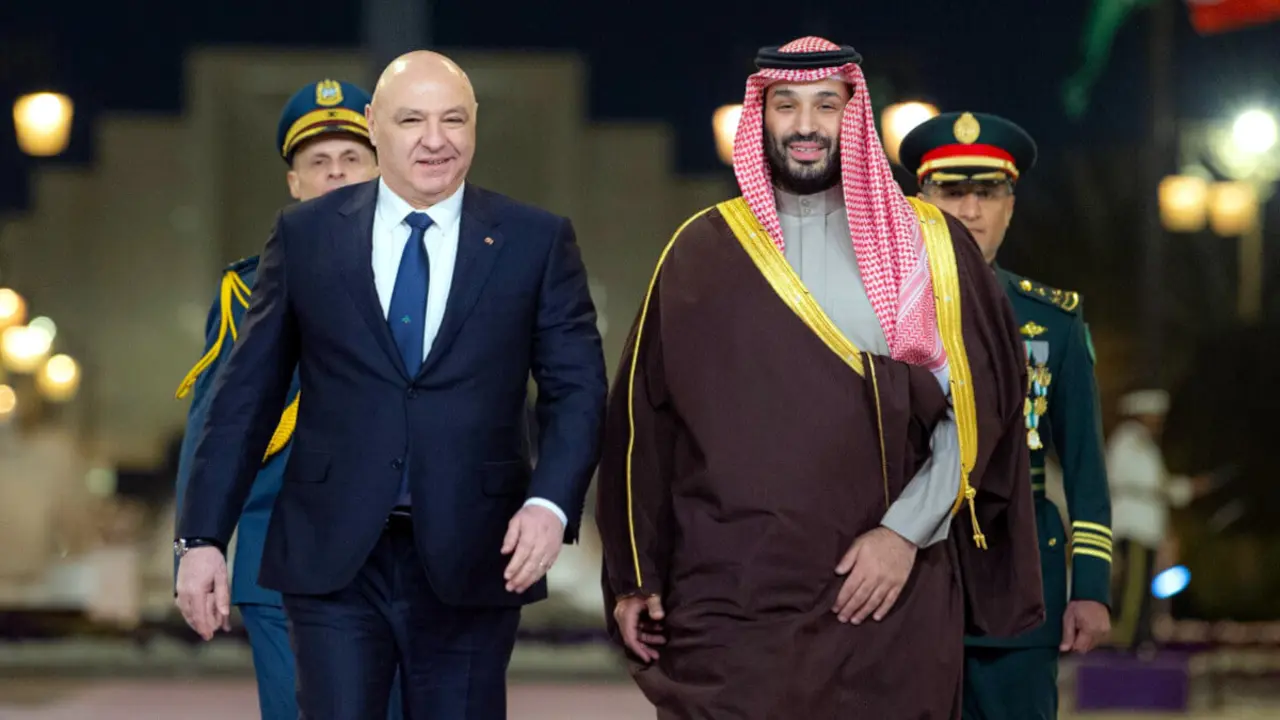First problems emerge following Gaza truce deal
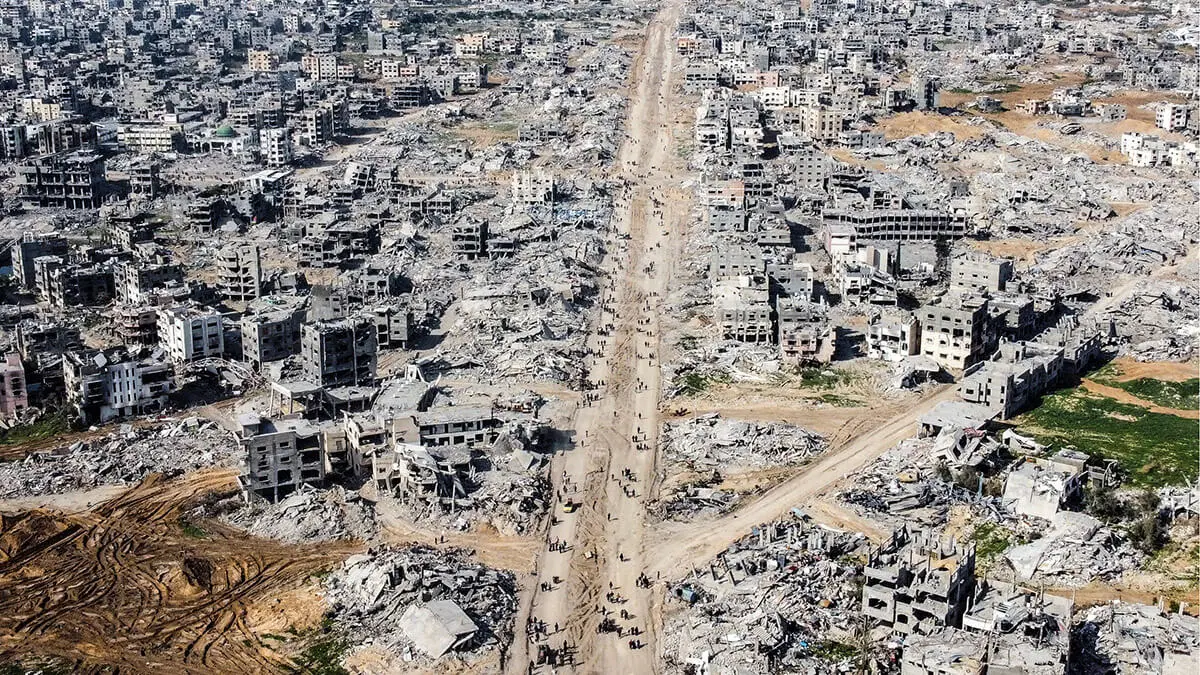
- The truce faces many threats
- First day without bombing in Gaza
- First humanitarian aid trucks enter Gaza
After the announcement of the ceasefire in the Gaza Strip and the entry into force of its first phase, which will last 42 days, there is still uncertainty about what will happen in the coming days.
The agreement is a fragile truce, and its maintenance will require continuous monitoring and accountability on the part of those involved. All this suggests that the second and third phases will face significant obstacles, which means that the planned dates for the first phase will be delayed and not fixed (42 days) and may be exceeded, complicating, and hindering the finalisation of the implementation of all provisions.
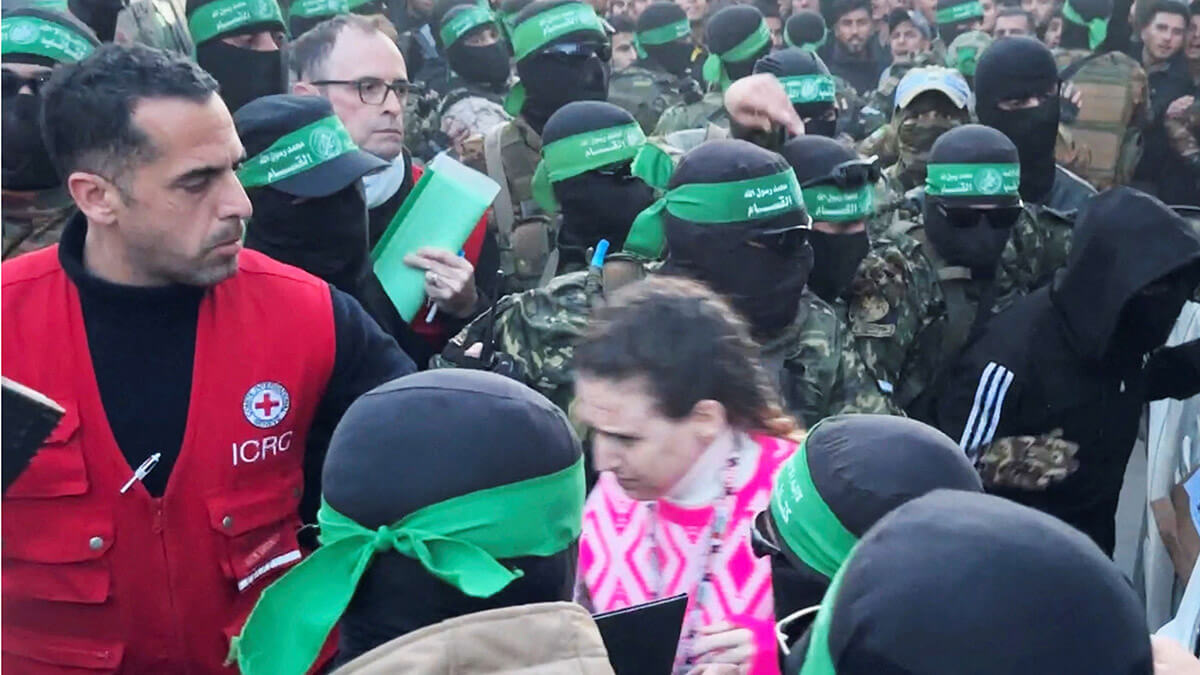
The truce faces many threats
Despite the cessation of fighting in the Palestinian enclave and the start of humanitarian aid arrivals, the international community must continue to exert pressure on the parties. In the first hours of the agreement, Israel has blamed Hamas for the delay, claiming that the terrorist organisation was late in sending the names of the first three hostages to be released, out of the 33 hostages agreed to be released, among whom there are still children.
For its part, the Israeli army confirmed the announcement that it had received the three hostages, while the Prisoners' Affairs Authority of the Palestine Liberation Organisation published the list of the 90 names that Israel subsequently released. The details will be the subject of further negotiations, which will begin 16 days after the start of the first phase.
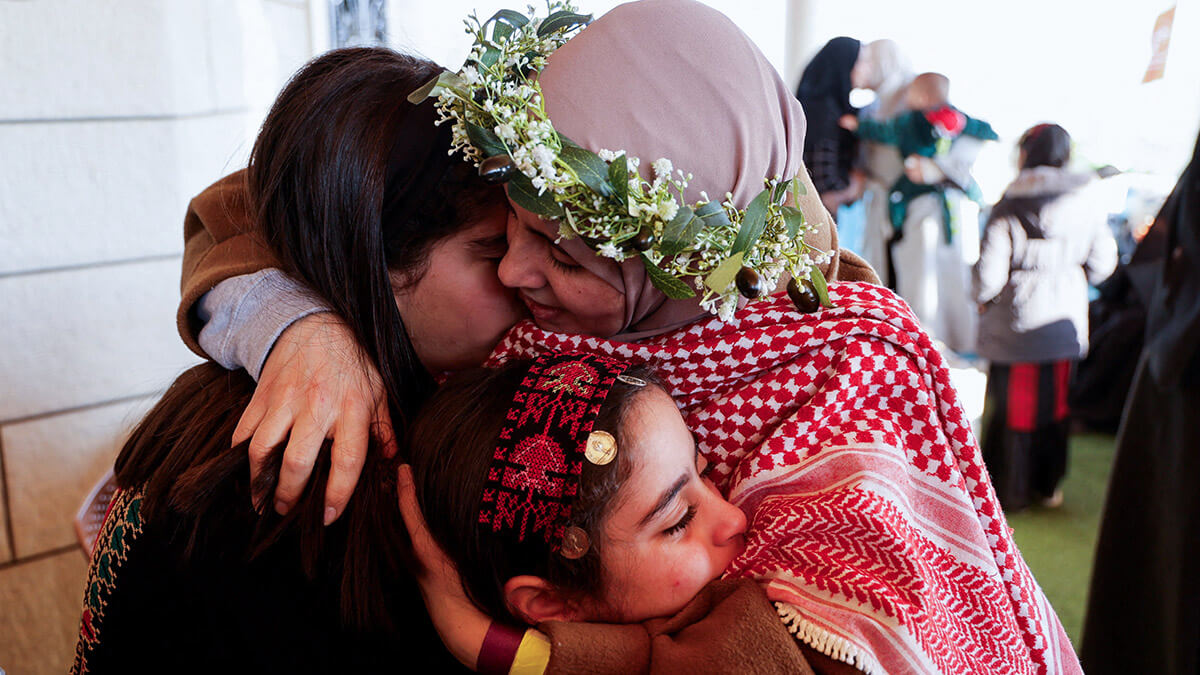
Although the agreement also refers to the reconstruction and future governance of the Strip, achieving this goal will be difficult if Israel is not part of the peace process. To do so, Arab countries will need to maintain pressure and incentives to achieve the broader goals of normalisation with Israel and the establishment of a Palestinian state.
However, there are some concrete opportunities for this agreement to generate a positive breakthrough that will successfully lead to the second stage of stopping the war in Gaza, the return of the remaining hostages and the release of more Palestinian prisoners. It could also initiate a new path to rebuild Gaza, from society, to politics as part of a new, broader Palestinian political system. A fact as important as reconstruction itself.
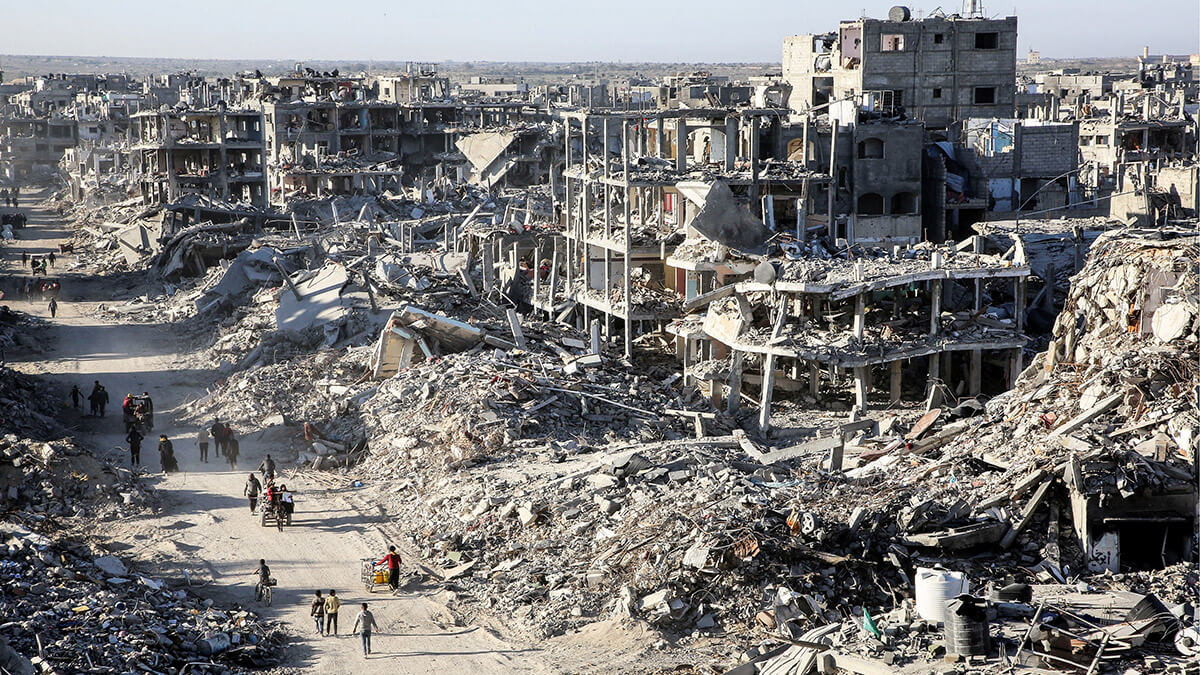
First day without bombing in Gaza
The fear that Israel will start bombing or reoccupy parts of Gaza remains in the minds of the parties, as the Israeli state's goal was to wipe out Hamas, release all hostages and eliminate armed threats, and they have not delivered. Hamas remains active despite the severe blows it has received with the continued elimination of several of its leaders.
This further increases the role of the international community, which will be crucial for the parties to the conflict to maintain the ceasefire, deterring Israel's coalition government. Both the Palestinian Israeli and Palestinian Palestinian negotiating tracks are essential to extricate the Gaza Strip and all Palestinians and Israelis from the destruction of this war.
Israeli Prime Minister Benjamin Netanyahu said on Saturday that his country can restart fighting in Gaza with US help and said he would bring home all hostages held in the Palestinian enclave.
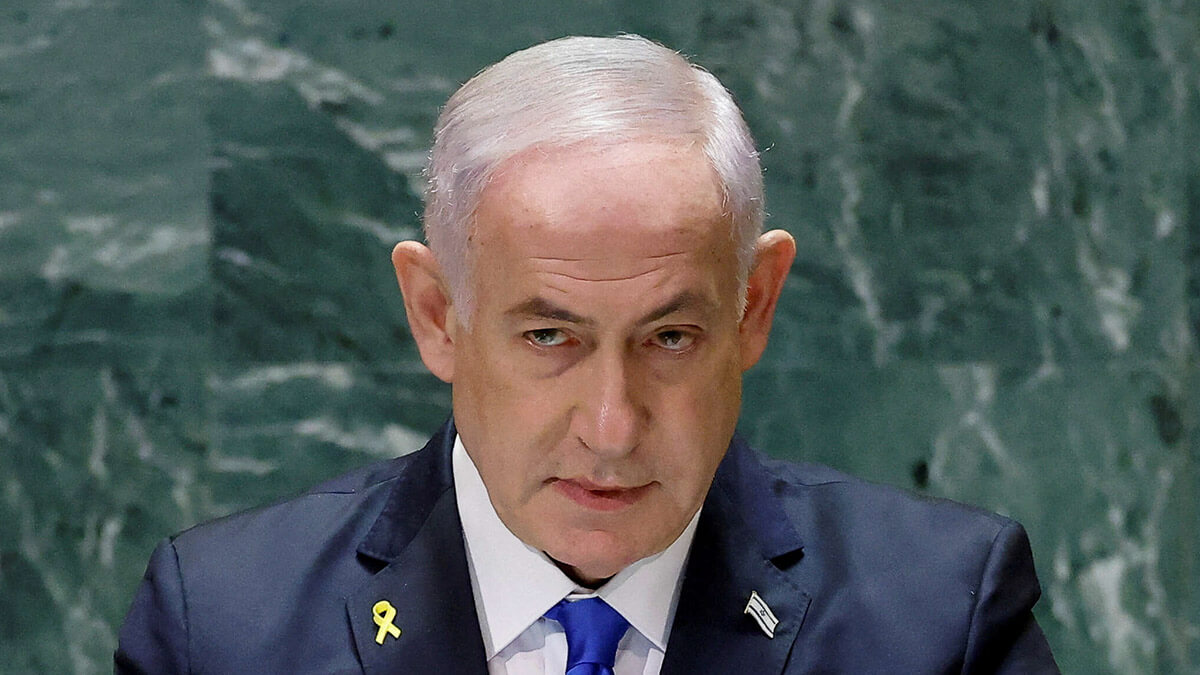
First humanitarian aid trucks enter Gaza
With the implementation of the ceasefire agreed between Israel and Hamas, a total of 630 truckloads of humanitarian aid arrived in Gaza on Sunday at the Rafah border crossing, which connects Egypt to Gaza, according to UN Under-Secretary-General for Humanitarian Affairs and Emergency Coordinator Tom Fletcher.

All these trucks were waiting in the vicinity of the Palestinian territory for the truce to begin to bring aid to the survivors. ‘There is no time to lose; after fifteen months of relentless war, the humanitarian needs are alarming,’ he said. Israel, though it has always denied it, blocked the passage of trucks for months with numerous logistical difficulties, checkpoints, and sometimes direct attacks. .

